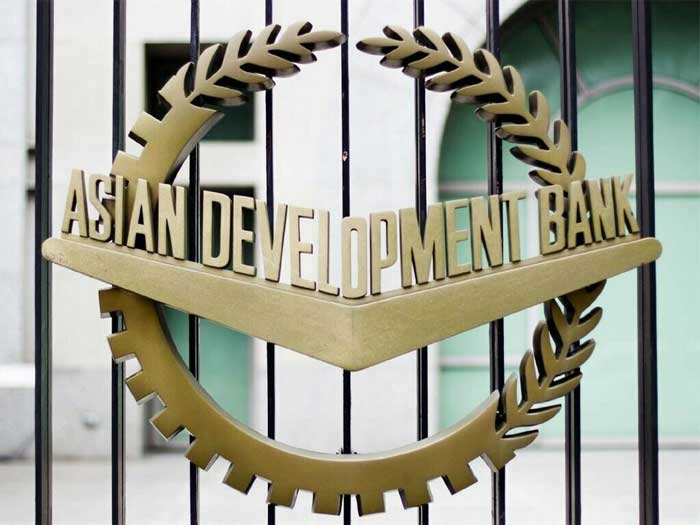ISLAMABAD: Pakistan’s GDP growth forecast is rising and would reach to 1.9 percent during the fiscal year 2023-24, ending on June 2024, says Asia Development Bank (ADB) in its flagship Asian Development Outlook (ADO) released on Thursday.
“In Pakistan, growth is forecast rising at 1.9% in FY2024 (ending on 30 June 2024) and 2.8% in FY2025, up from the 0.2% contraction last fiscal year,” says ADO for April 2024.
The outlook says that the shift back to positive growth will come from a recovery in both agriculture and industry in addition to a rebound in private sector investment linked to progress on reform measures and transition to a new and more stable government.
An expansion in private consumption and a rise in workers’ remittances from a move toward a market-determined exchange rate should buttress growth, it adds.
However, it says, domestic demand will remain constrained by the surge in living costs and tight macroeconomic policies.
On the supply side, growth will be led by post-flood recovery in agriculture. Output will rise from a low base on improved weather conditions and a government package of subsidized credit and farm inputs that will support expanded area under cultivation and improved yields.
The headline inflation is expected to decrease to 15.0% in FY2025 as progress on macroeconomic stabilization restores confidence.
It says the government projects significant fiscal consolidation in the medium term, supported by increased revenues and rationalized spending. The goal is to achieve a primary surplus of 0.4% of GDP and an overall deficit of 7.5% of GDP in FY2024, with both declining gradually in subsequent years.
The relaxation of import restrictions, coupled with economic recovery, is expected to widen the current account deficit. The current account deficit fell to $1.1 billion in the first 7 months of FY2024 from $3.8 billion in the same period in FY2023, as the merchandise trade deficit narrowed by 30.8% (Figure 2.20.11).
Overall growth in developing Asia will continue to be resilient this year, despite uncertain external prospects, it says adding the end of interest rate hiking cycles in most economies, as well as a continued recovery in goods exports driven by improving semiconductor demand, are supporting the region’s broadly positive outlook.
It says policymakers, however, should monitor several risks adding escalating conflicts and geopolitical tensions could disrupt supply chains and amplify commodity price volatility.
Uncertainty about United States (US) monetary policy, property market stress in China and the effects of adverse weather are other challenges for the region. Policymakers should step up efforts to promote resilience by continuing to enhance trade, cross-border investment, and commodity supply networks, it adds. – APP
ADB predicts 1.9% growth rate during financial year 2024




